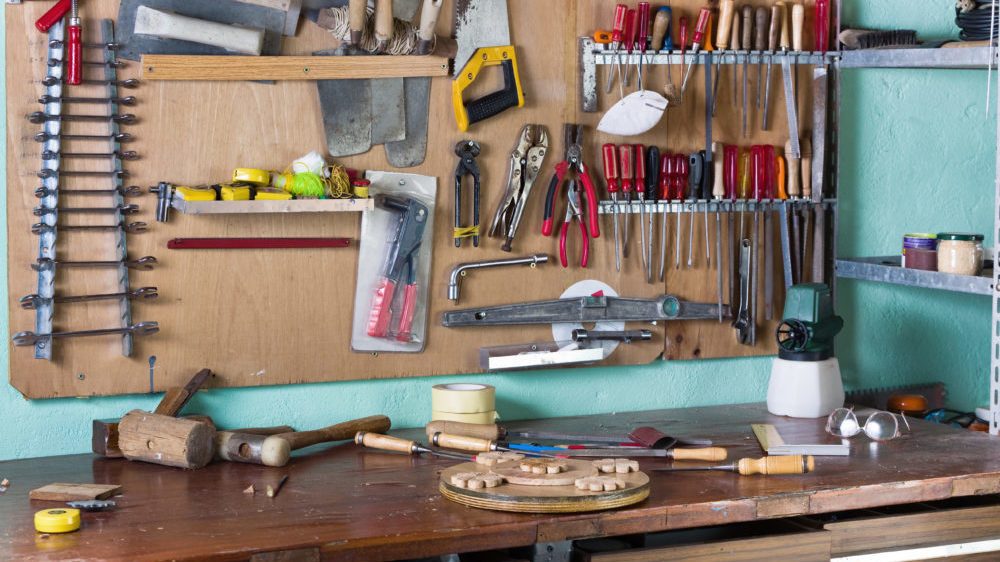The pressure gauge is essential to the operation of the industrial sector and labs.
Pressure gauges are significantly used in these industries to determine the precision of pressure or force applied to a surface by liquid or gaseous products. It is also critical for staff safety.
Pressure gauge calibration is essential for ensuring that pressure gauges are operating correctly and providing an accurate reading, which is important for producing the best products.
Types of Pressure Gauge:
Pressure gauges are employed in enterprises and labs in a variety of ways, including mechanical, electrical, digital, and analog. A few of them are mentioned below.
Commercial Gauge:
They are available in a variety of sizes and are often used in refrigeration and HVAC systems. They’re widely utilized in the food and beverage sectors.
Industrial Gauge:
Composed of stainless steel and built specifically to measure the pressure of things like oil, gases, and other fuels.
It is typically employed in sectors that produce chemicals, mobile hydraulics, alternative fuels, and petrochemicals.
If you need pressure gauges, buy pressure gauges at Garage Shop 24×7.
Process Gauge:
Process-pressurized gauges are required in industries like petrochemicals, where gas and liquid are employed and pressure systems are subjected to environmental extremes.
They are used to relieve excessive stress caused by vibrations, spikes, pulsation, and corrosion.
Low-Pressure Gauge:
It helps to maintain the operational stability of systems including gaseous and liquid materials in corrosive environments.
It is mostly employed in the design of plants, clean rooms, pneumatic systems, chemicals, and petrochemicals.
Seal Gauge:
They are used in areas like sanitation, pharmaceuticals, chemicals, and petrochemicals to keep systems from leaking.
Test Gauge with High Precision:
High-precision test gauges are used in measurement testing and calibration facilities to provide very precise findings.
They are utilized in the treatment of pressure monitoring panels and other applications where liquids or gases would not cause impediments or harm to copper alloy components.
Differential Gauge and Duplex Gauge:
Such gauges are used to measure two applied pressures, such as static process pressure and low/high pressure.
They are used in places that are harsh and corrosive, like heating, ventilation, air conditioning, refrigeration, cryogenic gases, and air handling.
Steps to Calibrate Pressure Gauge:
- According to the reputable Od Micrometres, the first step is to calibrate the calibrator according to manufacturing requirements. Calibration will yield the desired results.
- Connect the calibrated pressure gauge to its power supply. Please verify that it has a block valve to isolate its source from the rest of the system and a bleeding valve to relieve pressure.
- Set the pointer on the scale to zero. Release the most force possible and continue to make changes until the pressure gauge is calibrated to indicate the correct pressure.
- Using a bleeding valve, separate the whole pressure source and depressurize the overall structure.
- The gauge readings should be accurate at zero, 50%, and maximum pressure; make changes as needed until all measurements are correct.
- After you have all of the readings with precision, record them on the calibrated sheet at the applied force.
- Those are the best methods for calibrating a gauge. If the preceding procedures are followed, the calibrated gauges will be correctly calibrated.
More Posts – Click Here




